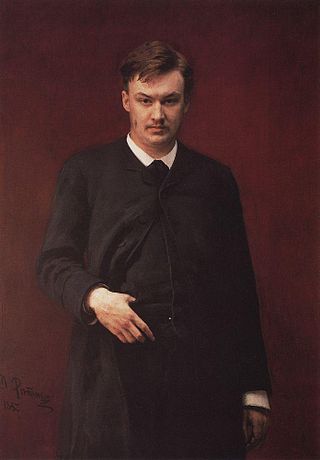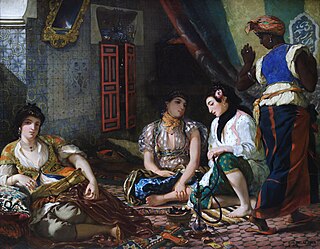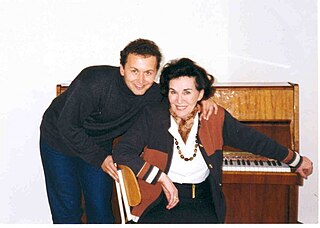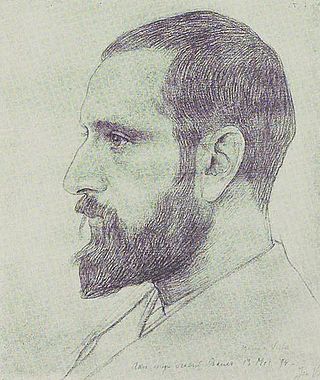This article has multiple issues. Please help improve it or discuss these issues on the talk page . (Learn how and when to remove these messages)
|
This is an incomplete list of artistic works with Orientalist influences.
This article has multiple issues. Please help improve it or discuss these issues on the talk page . (Learn how and when to remove these messages)
|
This is an incomplete list of artistic works with Orientalist influences.

In art history, literature and cultural studies, Orientalism is the imitation or depiction of aspects of the Eastern world by writers, designers, and artists from the Western world. Orientalist painting, particularly of the Middle East, was one of the many specialties of 19th-century academic art, and Western literature was influenced by a similar interest in Oriental themes.

One Thousand and One Nights, is a collection of Middle Eastern folktales compiled in the Arabic language during the Islamic Golden Age. It is often known in English as the Arabian Nights, from the first English-language edition, which rendered the title as The Arabian Nights' Entertainment.

The Five, also known as the Mighty Handful or The Mighty Five, were five prominent 19th-century Russian composers who worked together to create a distinct national style of classical music: Mily Balakirev, César Cui, Modest Mussorgsky, Nikolai Rimsky-Korsakov and Alexander Borodin. They lived in Saint Petersburg and collaborated from 1856 to 1870.

Mily Alexeyevich Balakirev was a Russian composer, pianist, and conductor known today primarily for his work promoting musical nationalism and his encouragement of more famous Russian composers, notably Pyotr Ilyich Tchaikovsky. He began his career as a pivotal figure, extending the fusion of traditional folk music and experimental classical music practices begun by composer Mikhail Glinka. In the process, Balakirev developed musical patterns that could express overt nationalistic feeling. After a nervous breakdown and consequent sabbatical, he returned to classical music but did not wield the same level of influence as before.

Antoine Isaac, Baron Silvestre de Sacy, was a French nobleman, linguist and orientalist. His son, Ustazade Silvestre de Sacy, became a journalist.

Alexander Konstantinovich Glazunov was a Russian composer, music teacher, and conductor of the late Russian Romantic period. He was director of the Saint Petersburg Conservatory between 1905 and 1928 and was instrumental in the reorganization of the institute into the Petrograd Conservatory, then the Leningrad Conservatory, following the Bolshevik Revolution. He continued as head of the Conservatory until 1930, though he had left the Soviet Union in 1928 and did not return. The best-known student under his tenure during the early Soviet years was Dmitri Shostakovich.
Antoine Galland was a French orientalist and archaeologist, most famous as the first European translator of One Thousand and One Nights, which he called Les mille et une nuits. His version of the tales appeared in twelve volumes between 1704 and 1717 and exerted a significant influence on subsequent European literature and attitudes to the Islamic world. Jorge Luis Borges has suggested that Romanticism began when his translation was first read.

Alexandre-Gabriel Decamps was a French painter noted for his Orientalist works.

Women of Algiers in their Apartment is the title of two oil on canvas paintings by the French Romantic painter Eugène Delacroix.

Radmila Bakočević, is a Serbian operatic soprano who had a major international opera career that began in 1955 and ended upon her retirement from the stage in 2004. During her career, she sang at most of the world's important opera houses, including performances throughout Europe, North and South America. She forged important long-term artistic partnerships with two opera houses during her career: the National Theatre in Belgrade and the Vienna State Opera.

Alexander Dow was a Scottish Orientalist, writer, playwright and army officer in the East India Company.
William Chapman was an American operatic baritone and stage actor. He appeared in several Broadway productions and was notably a leading performer at the New York City Opera from 1957 through 1979.

Marius Alexander Jacques Bauer was a Dutch painter, etcher and lithographer, best known for his Oriental scenes. His style was largely Impressionistic, although it also derived to some extent from the Hague School. Many of his works were based on photographs he bought during his travels, some of which were by famous photographers such as Félix Bonfils.

Gyula Tornai was a Hungarian painter, now featured in the Hungarian National Gallery. He was a noted painter in the Orientalist genre.
A French postcard is a small, postcard-sized piece of cardstock featuring a photograph of a nude or semi-nude woman. Such erotic cards were produced in great volume, primarily in France, in the late 19th and early 20th century. The term was adopted in the United States, where such cards were not legally made. The cards were sold as postcards, but the primary purpose was not for sending by mail, as they would have been banned from delivery. The cards sometimes even depicted naked lesbians. French street vendors, tobacco shops and a variety of other vendors bought the photographs for resale to tourists.

Les mille et une nuits, contes arabes traduits en français, published in 12 volumes between 1704 and 1717, was the first European version of The Thousand and One Nights tales.

Antun Yusuf Hanna Diyab was a Syrian Maronite writer and storyteller. He originated the best-known versions of the tales of Aladdin and Ali Baba and the Forty Thieves which have been added to the One Thousand and One Nights since French orientalist Antoine Galland translated and included them, after which they soon became popular across the West.

The Sisters who Envied Their Cadette is a fairy tale collected by French orientalist Antoine Galland and published in his translation of The Arabian Nights, a compilation of Arabic and Persian fairy tales.
Les Mille et un jours, contes persans is a short story collection with Middle Eastern settings published between the years 1710 and 1712 by the French orientalist François Pétis de la Croix, probably with unacknowledged help from Alain-René Lesage. Though the stories were for the most part adapted very freely from a 15th-century Turkish collection called Ferec baʿde şidde, in its structure it is modelled on Antoine Galland's Les Mille et une nuits, whose immense success it was intended to share. It has had a wide influence on European culture, not least through its retelling of the story of Turandot, which indirectly inspired Puccini's opera and many other works.